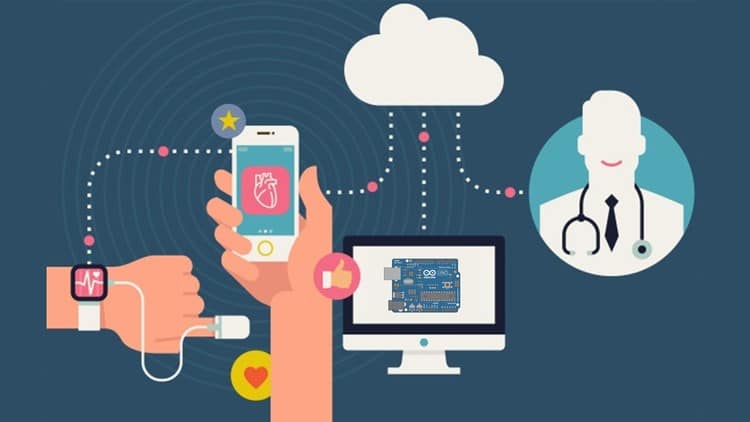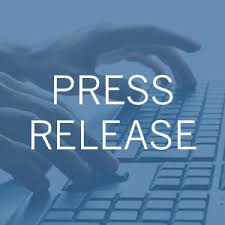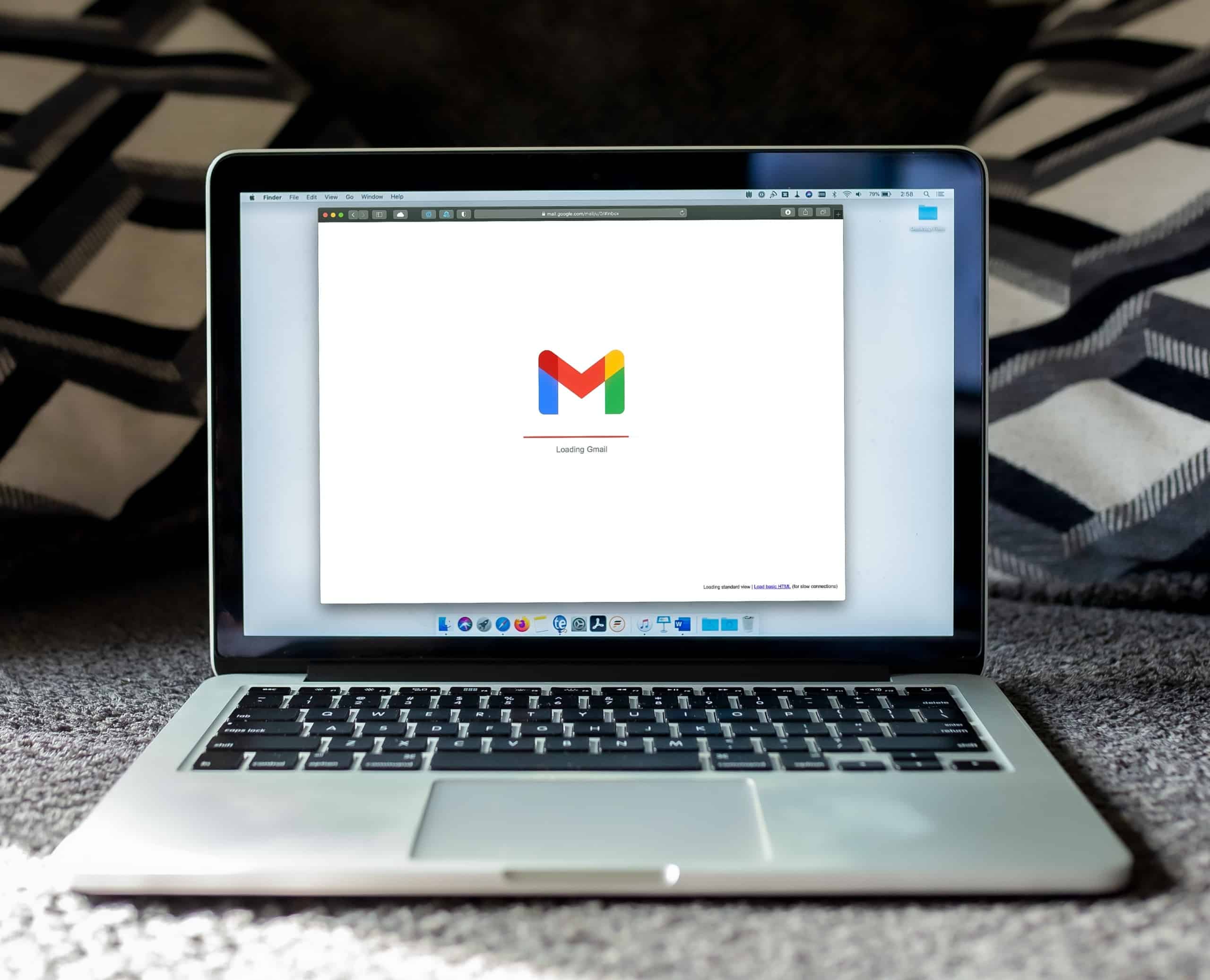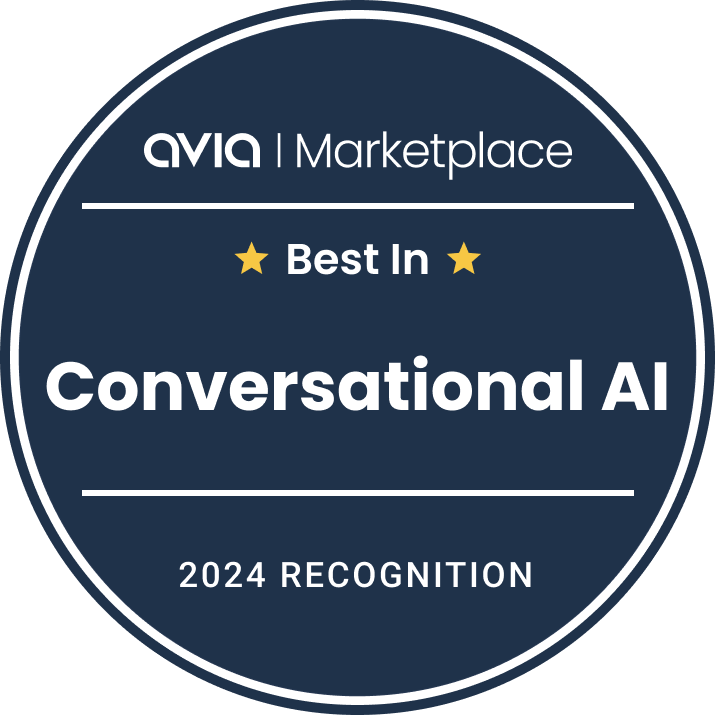Automating Front Office Tasks for Healthcare Practices
In today’s fast-paced healthcare environment, efficiency is no longer optional—it’s essential. Front office tasks often become bottlenecks, slowing down both staff and patient experiences. Automating these processes transforms operations, reduces administrative burdens, and frees up resources, allowing practices to focus on what matters most: patient care.
Why Front Office Efficiency Matters
The front office is the first point of contact for patients, and its efficiency sets the tone for the entire experience. Smooth processes build trust, reduce wait times, and improve satisfaction.
When teams spend less time on repetitive administrative tasks, they can devote more energy to patient-centered interactions. Patients feel valued, which strengthens relationships and encourages long-term loyalty.
Key areas where front office efficiency creates impact:
- Appointment scheduling and reminders — see how ReferralMD streamlines this with Appointments & Scheduling.
- Patient check-ins and registration — accelerate intake with Digital Patient Intake.
- Insurance verification and billing — support accurate communication with Patient Communications and workflow tools that reduce errors.
Efficient operations also minimize costly mistakes. Automation enhances accuracy while supporting HIPAA-aligned practices (review ReferralMD’s Business Associate Agreement).
Related Reading: Understanding Healthcare Referral Programs: A Complete Guide
What Are Front Office Tasks in Healthcare?
Front office responsibilities encompass the patient journey from the first phone call or online booking through check-out. They include:
- Appointment scheduling
- Patient registration and check-in
- Billing and payments
- Insurance verification
- Patient communication and follow-up
Because these duties form the backbone of daily operations, inefficiencies can ripple across the entire practice. Automation isn’t just convenient—it’s a strategic advantage.
Why Automate? Key Benefits for Healthcare Practices
Automation in healthcare does more than save time—it redefines how practices operate. Benefits include:
- Reduced administrative workload → less time spent on repetitive tasks
- Improved data accuracy → fewer manual errors in billing and records
- Better patient experience → shorter wait times, consistent communication
- Lower operational costs → streamlined workflows cut overhead
- Fewer no-shows → automated reminders keep patients on schedule
Automation also integrates with EHR and practice management systems to ensure seamless data flow—see ReferralMD’s SmartEXCHANGE® Integrations.
Explore: How ReferralMD Improves Referral Management
Common Front Office Tasks Ripe for Automation
Not everything can or should be automated, but many repetitive processes are perfect candidates:
- Appointment Scheduling & Reminders → Prevent conflicts and reduce no-shows with Appointments & Scheduling.
- Patient Check-In & Registration → Speed intake and boost accuracy with Digital Patient Intake.
- Insurance Verification & Billing → Strengthen communication and follow-up via Patient Communications.
- Fax-Heavy Workflows → Replace manual processes with AI Fax Management.
- Patient Communication & Follow-Up → Automate touchpoints using rules-based messaging in Patient Communications.
Each automation layer reduces staff burden while improving the patient journey.
How Healthcare Workflow Automation Works
Modern workflow automation uses AI, rules engines, and cloud platforms to manage front office operations. These tools integrate with existing systems to deliver a connected, secure experience.
Examples include:
- Appointment scheduling platforms → Appointments & Scheduling
- Patient management & intake tools → Digital Patient Intake
- Referral management → Referral Management
- AI faxing → AI Fax Management
- Secure messaging and updates → Patient Communications
- EHR integrations → SmartEXCHANGE® Integrations
By reducing manual interventions, these tools improve productivity while supporting compliance and data security.
Learn More: SmartEXCHANGE® Integrations
Overcoming Challenges in Front Office Automation
Adopting automation is as much about people as it is about technology. Success depends on training, communication, and gradual change management.
Best practices for adoption:
- Offer comprehensive staff training
- Communicate benefits clearly
- Encourage feedback and involvement
- Pilot programs before practice-wide rollout
With strong buy-in, teams quickly recognize how automation helps them focus on what they care about most—patients.
Data Security and Compliance
Pair automation with robust policies, encryption, and access controls. For contractual assurances, review ReferralMD’s Business Associate Agreement.
Related Reading: AI and the End of Broken Referral Systems
Real-World Case Studies
- Clinics adopting automated scheduling and referral workflows report shorter wait times and happier staff—explore Referral Management and customer results from the homepage.
- Streamlined communications and automated updates improve closure rates and cash flow—see Patient Communications.
The Future of Healthcare Automation
The next wave of front office automation is already here:
- AI-driven predictive support → AI and the End of Broken Referral Systems
- Telehealth expansion & digital front door → Digital Patient Intake
- Secure data exchange & interoperability → SmartEXCHANGE® Integrations
- Chatbots & rules-based messaging → Patient Communications
Practices that invest now will stay competitive and patient-focused.
Getting Started with Automation
Implementation works best as a step-by-step process:
- Assess workflows and identify bottlenecks
- Define goals and success metrics
- Select vendors that integrate with existing systems (SmartEXCHANGE®)
- Pilot test before scaling
- Train staff and gather feedback
Patience and persistence ensure smooth adoption and lasting results.
Conclusion: Transforming Healthcare Practices
Front office automation isn’t just a trend—it’s a shift toward better healthcare delivery. By embracing automation, practices can:
- Reduce errors and inefficiencies
- Empower staff to focus on care
- Improve patient satisfaction and retention
- Strengthen long-term financial health
The future of healthcare is patient-first and technology-enabled. Practices that embrace automation today will thrive tomorrow.
Next Step: Schedule a Live Demo with ReferralMD
Bonus Reading: Boost Efficiency with Automated Intake & Scheduling and Automated Patient Intake: Upgrade Healthcare Data Practices










